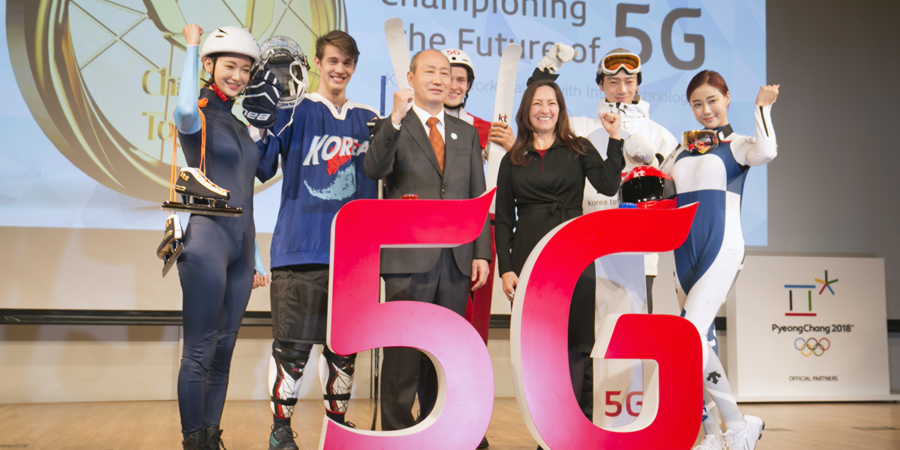South Korean telecommunications colossus Korea Telecom (KT) has highlighted some of the issues it experienced from its deployment of pre-standard 5G during the Winter Olympics which were in held in the country in February.
KT’s taskforce leader in relation to the next-generation technology, Lee Jong-sik disclosed some of the issues it encountered during the Winter Olympics at a 5G summit which was held in Brooklyn, New York.
Lee Jong declared that the operator believes it will now need at least four times as many cells for outdoor 5G coverage compared with LTE. It was disclosed that during the trials conducted at the Olympics, KT observed poor KT observed poor outdoor to indoor coverage penetration, particularly at 28GHz.
In addition to this, he added that it was clearly evident that KT will need to invest more in solutions including 5G repeaters and small cells to mitigate the problem. The 5G taskforce leader said KT will use 28GHz to provide ultra-fast hotspot coverage in select areas and along highways, but noted 3.5GHz will be the primary band used to provide nationwide coverage.
It is expected that the 5G spectrum auction in South Korea will commence in June of this year. The auction will allocate and divide the country’s 3.5GHz and 28GHz airwaves between operators. Lee added that KT is tentatively planning to use 100MHz of bandwidth at 3.5GHz and somewhere between several hundred MHz to 1GHz of bandwidth at 28GHz for its deployment.
The head of KT’s 5G taskforce also acknowledged that there remains a lot of uncertainty for the operator in relation to 5G. He claimed that attempting to figure out what the next killer application or device will remains a huge problem for the operator, whilst he stressed the operator is also at odds in relation to find a definitive answer to the question of how best to monetise its 5G service: a concern first raised at Mobile World Congress earlier this year.
However, Lee suggested the first move could be to offer a 5G smartphone with an extra-large data plan. From there, he said the operator could move on to new applications – which include virtual reality, immersive media, vehicular networks, and other enterprise and industrial services - in an effort to monetize 5G use-cases.





